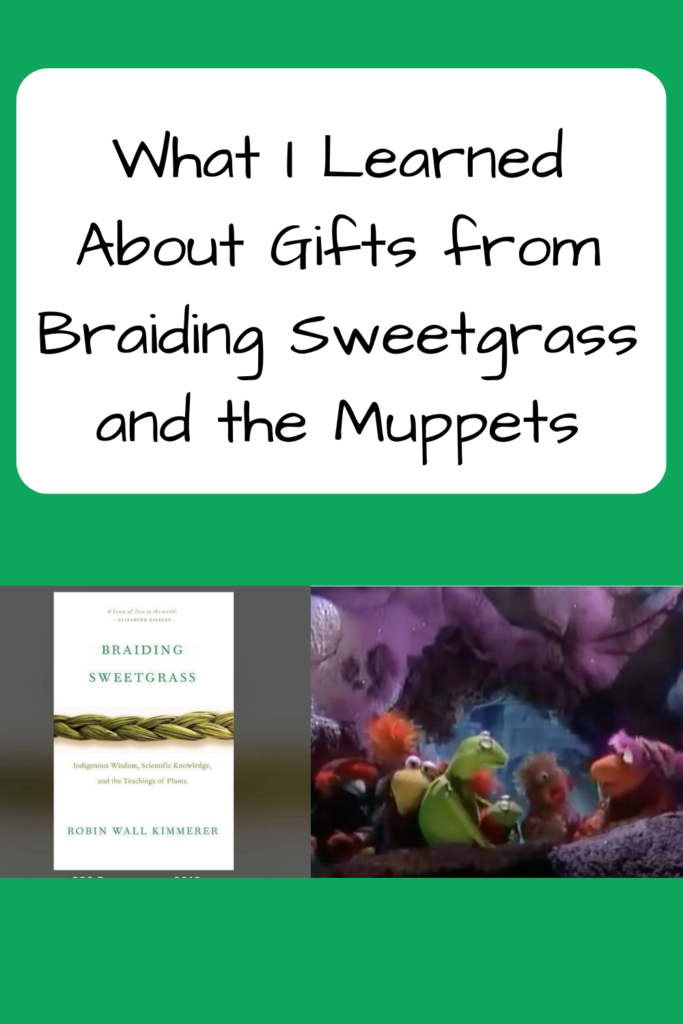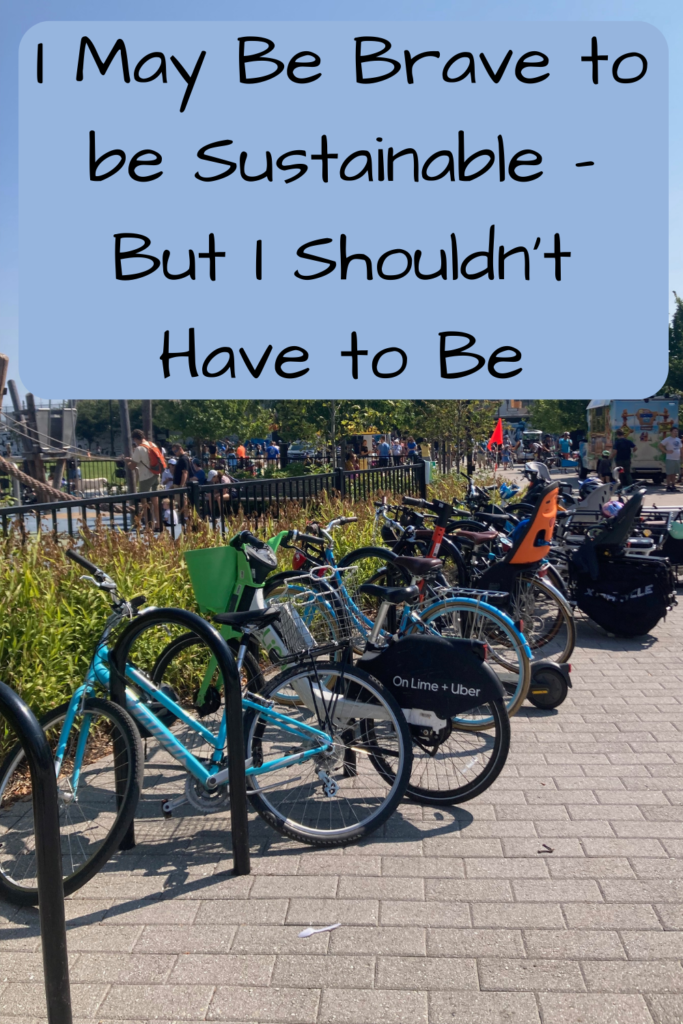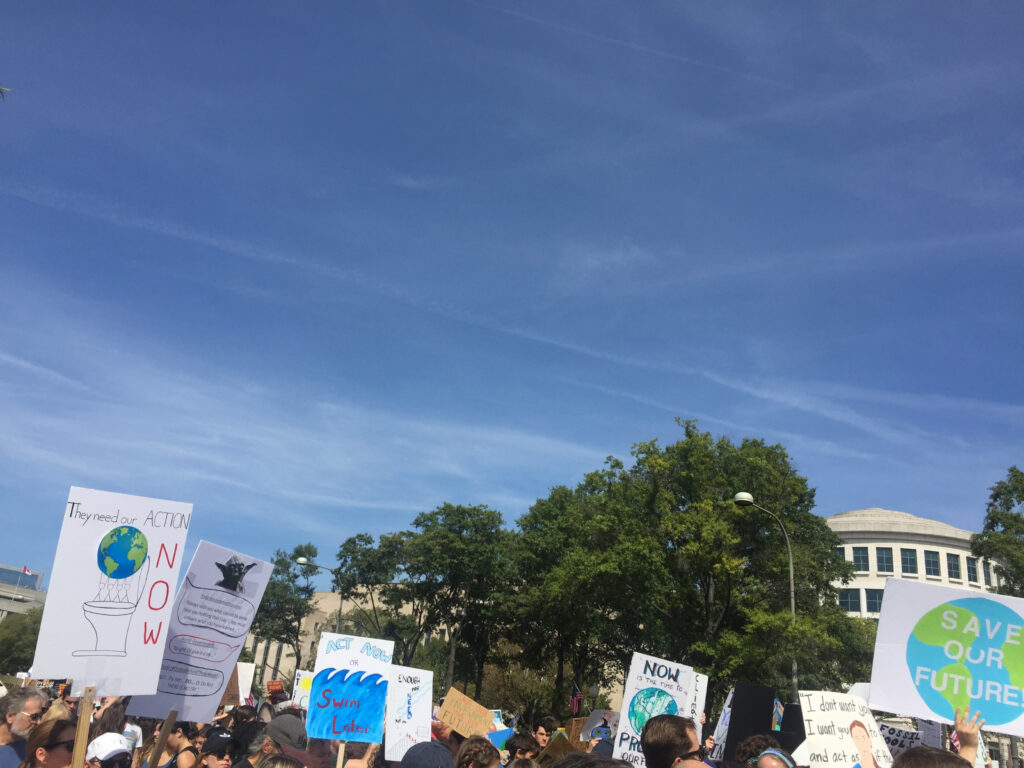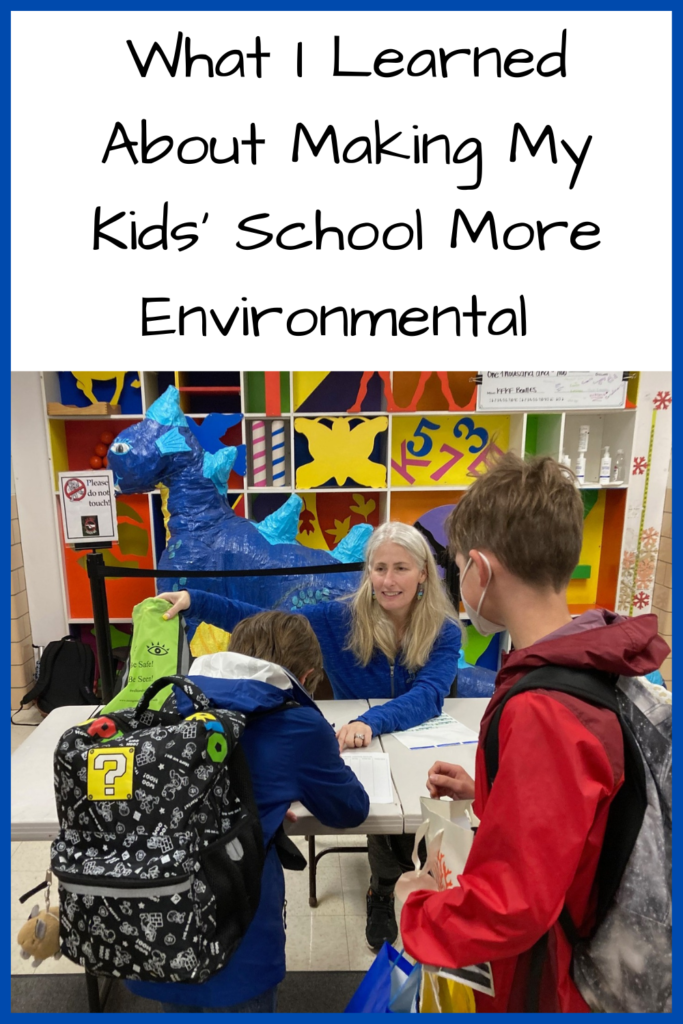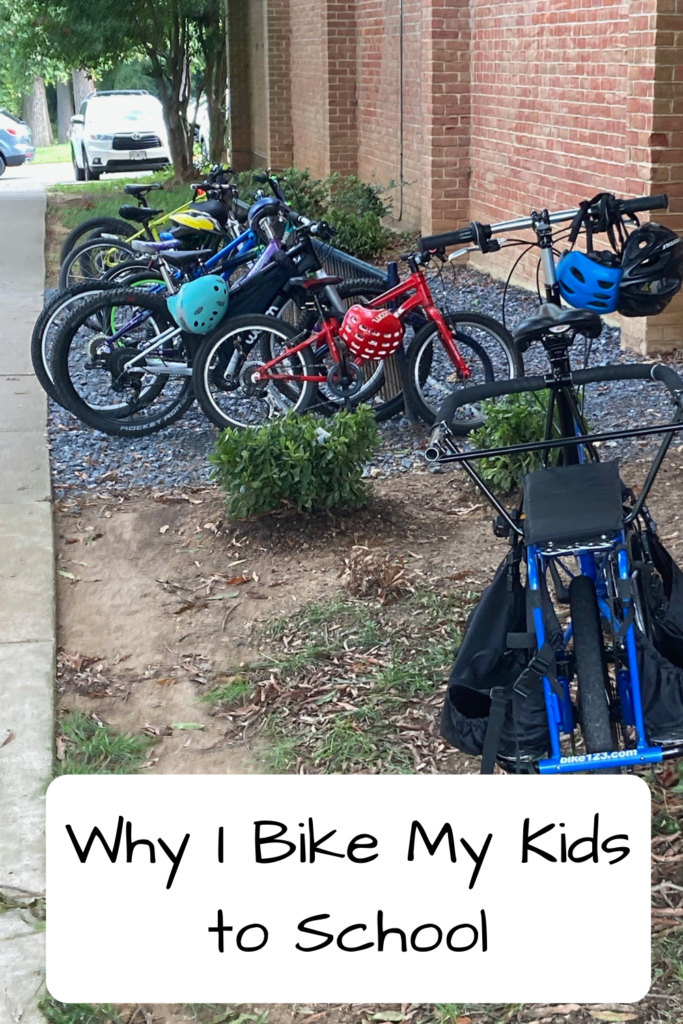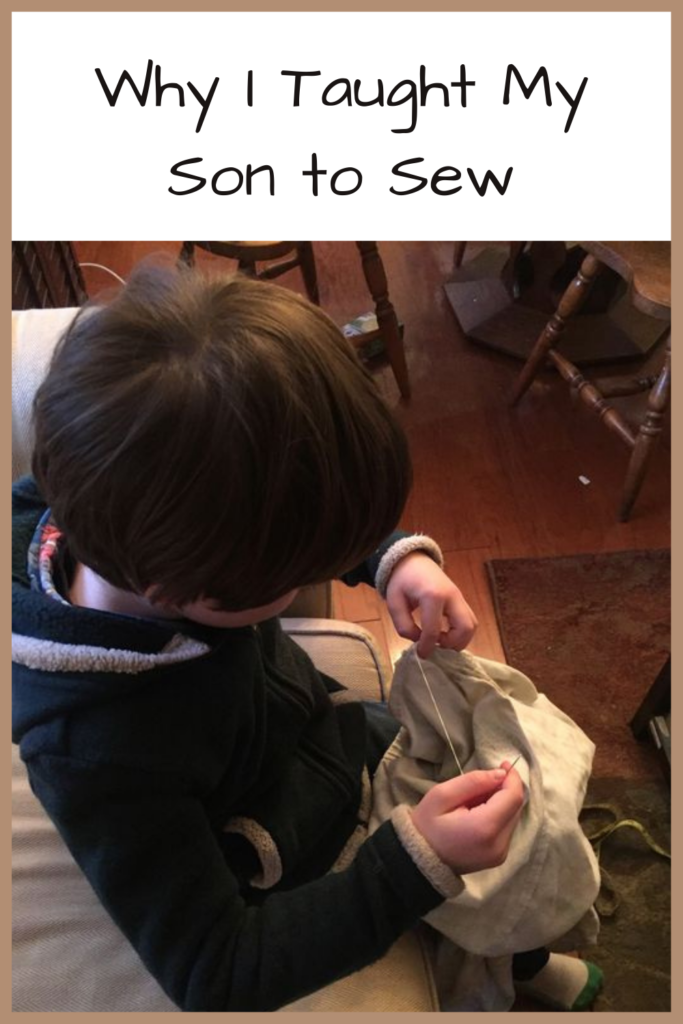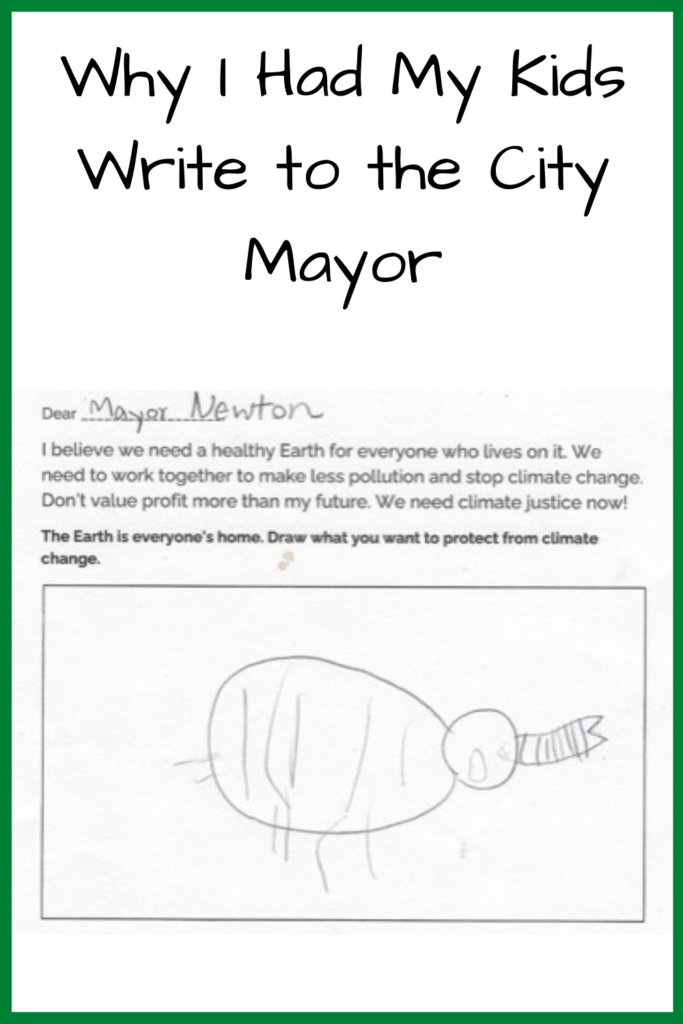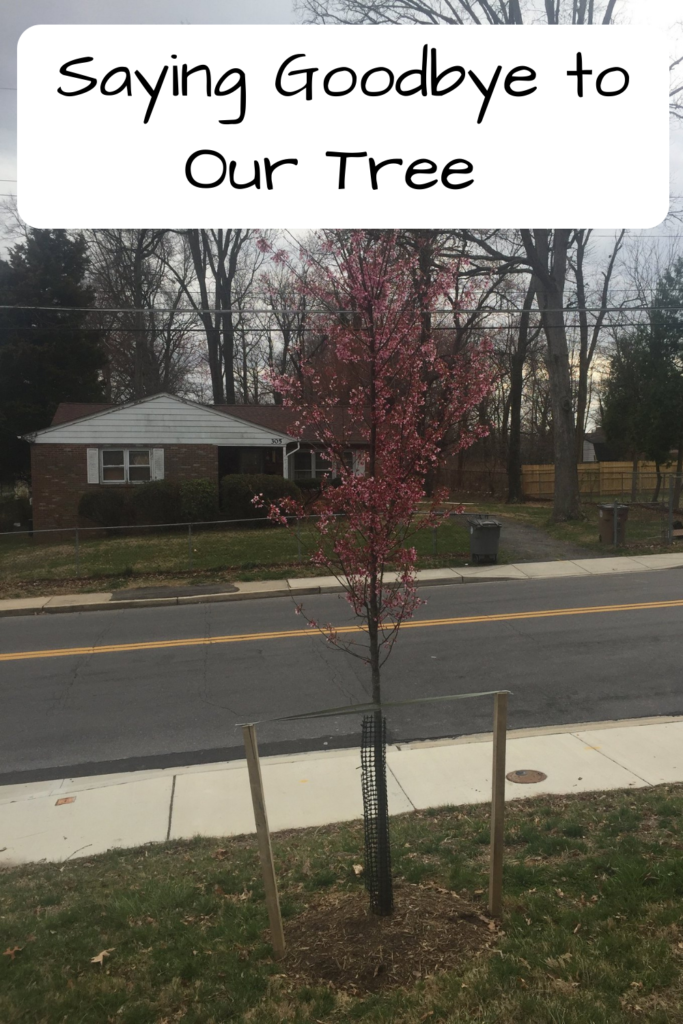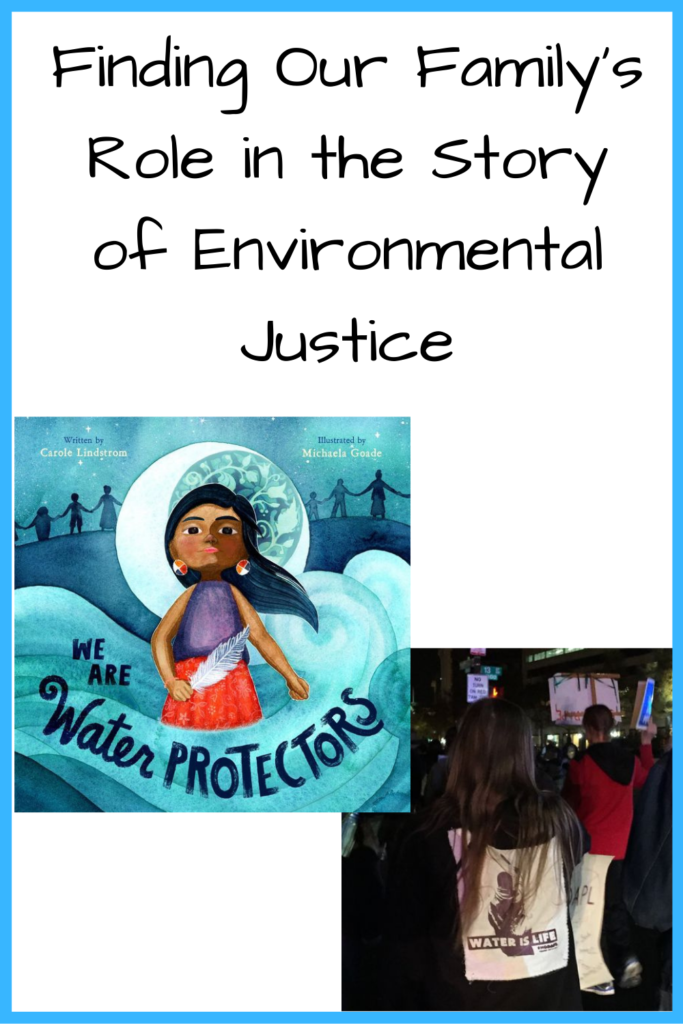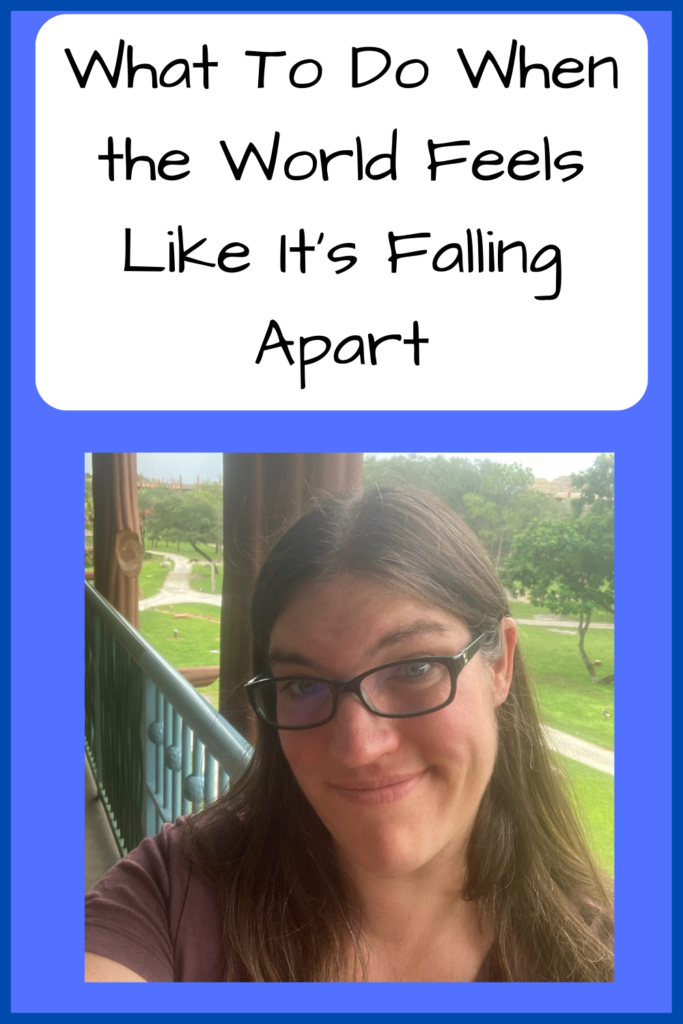
Parents are supposed to keep their kids safe, right? But how can we do that when the world around us is falling apart? There’s escalating climate change, COVID getting ever more contagious, civil rights eroding constantly, gun violence heightening, and democracy in danger. Not to mention the less privileged of us who have more individual, very real worries about their children’s everyday safety.
Some people retreat to denial, pretending nothing’s wrong at all and they play no part. Others – far more dangerously – blame vulnerable groups for “corrupting” children, when they are the corrupting ones instilling hate and fear.
Then there’s those of us who know what’s happening and don’t know what to do about it. I include myself in this group because as much as I intellectually know what to do about it, emotionally I still feel befuddled much of the time.
I started writing this from the balcony of a hotel while I was isolating from my kids because I tested positive for COVID. I worked so hard for more than two years to avoid it and the moment we went on vacation, got it. What else could I have done? I have no idea. There’s no way we could have expected this would still be going this long and be even more contagious when we planned this trip a year ago. That was when it was at all-time lows!
While emotionally I’m flailing, intellectually I do know some things that can help.
Continue reading →
